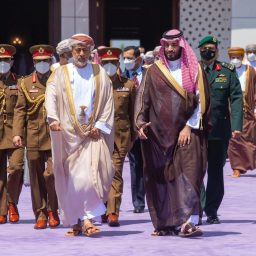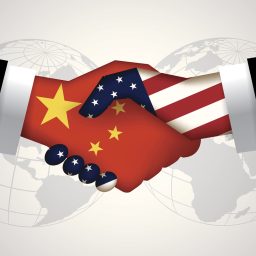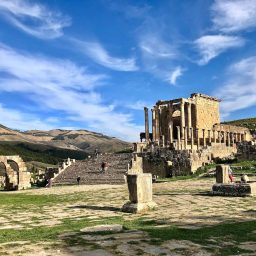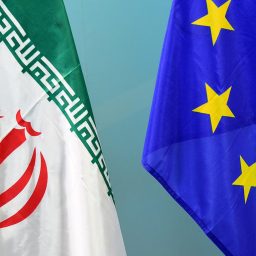Navigating the Nuances of Laos-Vietnam Relations: A Diplomatic and Economic Analysis

Photo: AFP
The relationship between the Lao People’s Democratic Republic (Laos) and the Socialist Republic of Vietnam is a multifaceted and evolving partnership, deeply rooted in shared ideological foundations, historical alliances, and regional interdependencies. This assessment provides an in-depth examination of the diplomatic and economic ties between the two nations, considering the complex interplay of geopolitical strategies, cultural connections, and mutual economic interests that shape their bilateral relations. Laos and Vietnam share a border, along with historical, cultural, and political ties that date back several centuries. Both countries, characterized by their socialist governments, have forged a partnership that extends beyond mere neighborly cooperation, reflecting a strategic alliance aimed at regional stability and mutual development. The historical narrative of Laos-Vietnam relations is one of comradeship and solidarity, particularly during the struggle for independence from colonial powers and during the Vietnam War era. The Indochinese Communist Party, initially encompassing Vietnam, Laos, and Cambodia, laid the ideological groundwork for the close relationship that would persist through the latter half of the 20th century and beyond. This shared revolutionary heritage has been instrumental in fostering a strong political alliance between Vientiane and Hanoi. At the diplomatic front, Laos and Vietnam are members of the Association of Southeast Asian Nations (ASEAN), where they often present a united front on issues concerning regional security and development. Both governments frequently coordinate on policy positions and support each other in international forums. Diplomatic initiatives such as high-level exchanges, bilateral committees, and strategic dialogue mechanisms are indicative of their commitment to a robust partnership. The two countries have also been active in resolving border disputes amicably, a testament to their strong bilateral ties. The demarcation and border management cooperation reflect a mutual understanding and respect for sovereignty, which has been crucial in maintaining peace and stability along their shared frontier.

Economically, Vietnam is one of Laos’s most significant trading partners and foreign investors. The relationship is characterized by complementary economic structures, with Vietnam providing a market for Laotian natural resources and agricultural products, while Laos benefits from Vietnamese expertise in infrastructure development, energy, and services. Vietnam’s investments in Laos are diverse, including sectors such as mining, hydropower, agriculture, and services—particularly banking, telecommunications, and transportation. These investments are not only indicative of economic synergy but also serve Vietnam’s strategic interests in ensuring energy security and creating a sphere of economic influence in the region. The two countries have established several cooperative economic zones along their border, aimed at boosting trade and investment. Additionally, the Laos-Vietnam railway project, part of the Kunming-Singapore Railway network, is a testament to their shared vision of enhancing connectivity and economic integration in the region. Despite the strong ties, the Laos-Vietnam relationship is not without its challenges. Laos’s lesser-developed economy means it must carefully balance its dependence on Vietnamese investment with its need for diversified economic partnerships. The landlocked nation also faces developmental challenges that require careful navigation to ensure sustainable growth and environmental protection amid increasing Vietnamese and regional investments. Moreover, as ASEAN gains prominence, both Laos and Vietnam must navigate a complex regional landscape marked by the interests of global superpowers, such as China and the United States, as well as the internal dynamics of the bloc. Ensuring that their bilateral interests do not come into conflict with broader ASEAN policies or the strategic interests of other member states is a delicate diplomatic act. Additionally, the human rights records and governance models of both countries often come under international scrutiny, which can impact their foreign relations and access to global markets. The two governments thus find themselves in a position where they must balance their domestic policies with the need to maintain favorable international relations. The intricate tapestry of Laos-Vietnam relations is woven from threads of shared history, ideology, and strategic interests. Their diplomatic ties are characterized by mutual support and cooperation, while their economic bond is driven by complementary needs and the quest for regional development. As they look to the future, Laos and Vietnam are likely to deepen their partnership, particularly in the face of regional integration and global economic shifts. However, the path is lined with challenges that require astute diplomatic maneuvering and strategic economic planning. As both nations strive to improve the living standards of their populations and assert their roles in the Southeast Asian landscape, their alliance will undoubtedly be a cornerstone of their respective foreign policies. The Laos-Vietnam relationship serves as a case study in how two ideologically aligned and geographically linked nations can forge a partnership that not only benefits their domestic agendas but also contributes to the stability and prosperity of their region.
By Ovidiu Stanica















